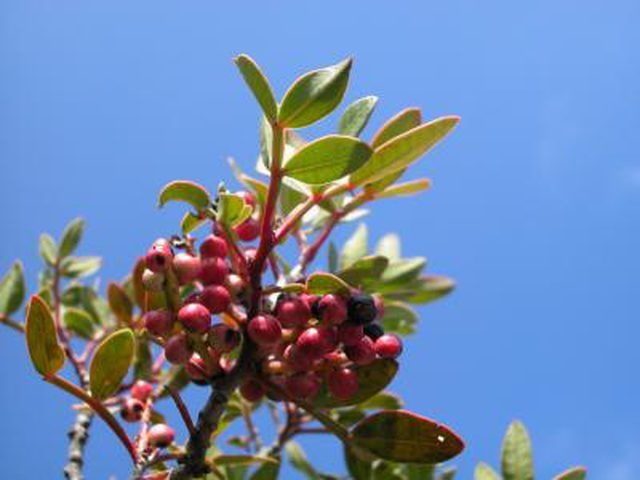Bulbs
Flower Basics
Flower Beds & Specialty Gardens
Flower Garden
Garden Furniture
Garden Gnomes
Garden Seeds
Garden Sheds
Garden Statues
Garden Tools & Supplies
Gardening Basics
Green & Organic
Groundcovers & Vines
Growing Annuals
Growing Basil
Growing Beans
Growing Berries
Growing Blueberries
Growing Cactus
Growing Corn
Growing Cotton
Growing Edibles
Growing Flowers
Growing Garlic
Growing Grapes
Growing Grass
Growing Herbs
Growing Jasmine
Growing Mint
Growing Mushrooms
Orchids
Growing Peanuts
Growing Perennials
Growing Plants
Growing Rosemary
Growing Roses
Growing Strawberries
Growing Sunflowers
Growing Thyme
Growing Tomatoes
Growing Tulips
Growing Vegetables
Herb Basics
Herb Garden
Indoor Growing
Landscaping Basics
Landscaping Patios
Landscaping Plants
Landscaping Shrubs
Landscaping Trees
Landscaping Walks & Pathways
Lawn Basics
Lawn Maintenance
Lawn Mowers
Lawn Ornaments
Lawn Planting
Lawn Tools
Outdoor Growing
Overall Landscape Planning
Pests, Weeds & Problems
Plant Basics
Rock Garden
Rose Garden
Shrubs
Soil
Specialty Gardens
Trees
Vegetable Garden
Yard Maintenance
How to Pollinate Plum Trees
How to Pollinate Plum Trees. The pretty springtime flowers of the plum tree (Prunus spp.) are numerous and small. Without pollination by the copious work of insects, the blossoms would not form into the edible plum fruits later in summer. The sheer number and volume of flowers makes hand-pollination impractical. Increasing the number of foraging...

The pretty springtime flowers of the plum tree (Prunus spp.) are numerous and small. Without pollination by the copious work of insects, the blossoms would not form into the edible plum fruits later in summer. The sheer number and volume of flowers makes hand-pollination impractical. Increasing the number of foraging insects, especially honeybees, improves chances of more widespread pollination of flowers and obtaining subsequent fruit production on each tree.
Diminish or fully stop the use of chemicals in your landscape. Pollinating insects, like bees, often are killed as collateral damage with pesticides targeting unwanted bugs. Moreover, many systemic chemicals, those that are absorbed by plants and distributed throughout their tissues, can also kill beneficial insects.
Contact a beekeeper and inquire if he can place a hive temporarily in the vicinity of your flowering plum tree. Honeybees travel one to two miles from their hive seeking nectar and pollen, so a beehive in relative proximity to your tree will greatly increase chances of pollination.
Consider planting another plum tree if you presently have only one. Pollination chances are increased with additional fruit trees nearby, no more than 100 feet away. Insects will visit both trees, providing cross-pollination with each plant's pollen, ensuring better fertilization and later formation of young fruits.
Tips & Warnings
Having a water source for native bees and honeybees close to the plum tree can increase the visitation of them to the tree. Place twigs or unpainted wood scraps into freshwater so the bees can land and easily drink the water from the porous wood. Use a bucket or shallow pan as the water source; do not move it once placed as the insects will orient themselves to its location. They also will communicate its location to others.
Hand-pollination of flowers is always an option. However, the number of flowers and size and location of trees and branches make it a formidable task. A small paintbrush can be used to transfer the yellow pollen onto each blossom's central floral tube.
Avoid the use of imidacloprid, a systemic pesticide, on your plum trees, and on any plant within 20 feet of your plum tree. This pesticide kills insects and the chemical residue may be transferred into developing fruits.